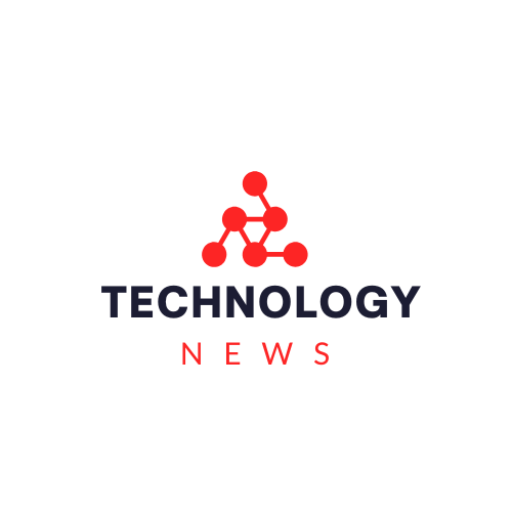The Future of the Internet: What Web 3.0 and the Decentralized Web Mean for You
The internet has drastically transformed our lives, connecting us across continents and revolutionizing how we work, learn, and communicate. But while the internet has undoubtedly brought about a revolution, we’re now at the cusp of another: the rise of Web 3.0 and the decentralized web. This shift promises to reshape the internet as we know it, empowering users and offering a more equitable and open future.
From Web 1.0 to Web 3.0: A Journey of Evolution
To understand the significance of Web 3.0, we must first understand the evolution of the internet:
- Web 1.0 (1990s-early 2000s): This era was characterized by static websites, limited user interaction, and the dominance of large institutions.
- Web 2.0 (2004-present): The emergence of social media, user-generated content, and cloud computing ushered in Web 2.0. This era saw a surge in user participation and interconnectivity, but also raised concerns about data privacy and centralized control.
- Web 3.0 (Present and Beyond): This next generation of the internet promises to be decentralized, secure, and user-centric. It leverages technologies like blockchain, artificial intelligence (AI), and the Internet of Things (IoT) to create a more open, transparent, and empowering online experience.
The Core Principles of Web 3.0: Decentralization, Interoperability, and User Ownership
Web 3.0 hinges on three key principles:
- Decentralization: Unlike Web 2.0, where data and services are controlled by centralized entities, Web 3.0 aims to distribute power and control back to the users. This is achieved through blockchain technology, which allows for secure and transparent transactions without intermediaries.
- Interoperability: In Web 3.0, different platforms and applications will be able to communicate with each other seamlessly, fostering a truly interconnected digital landscape.
- User Ownership: In Web 3.0, users have greater control over their data and digital identities. This allows for more personalized and secure online experiences, where individuals can directly benefit from their contributions to the network.
Key Technologies Powering Web 3.0
- Blockchain: This technology serves as the foundation of Web 3.0, enabling secure, transparent, and immutable transactions. It ensures data integrity and eliminates the need for trusted third parties.
- Artificial Intelligence (AI): AI plays a crucial role in Web 3.0 by powering intelligent applications, personalizing user experiences, and facilitating seamless interactions.
- Internet of Things (IoT): Web 3.0 is expected to be integrated with the IoT, connecting physical objects to the internet and enabling real-time data sharing and automation.
What Web 3.0 Means for You: Opportunities and Challenges
The decentralized web offers exciting opportunities for individuals and businesses alike:
- Enhanced Security and Privacy: With decentralized data storage and user-controlled identities, Web 3.0 offers greater control over personal information and safeguards against data breaches.
- Increased Transparency and Trust: The immutable nature of blockchain technology allows for greater transparency and trust in online transactions and data.
- Empowered Users: Web 3.0 empowers users to participate in the development and governance of the internet, giving them a voice in shaping the future of the online world.
- New Business Models: The decentralized nature of Web 3.0 fosters innovative business models based on user ownership, tokenization, and decentralized finance (DeFi).
- Frictionless Access to Services: Web 3.0 enables seamless access to services and applications across different platforms, removing barriers and creating a truly borderless digital experience.
However, Web 3.0 also poses some challenges:
- Scalability and Adoption: Scalability remains a key challenge for blockchain technologies, and widespread adoption will require robust infrastructure and user-friendly interfaces.
- Regulatory Uncertainty: The decentralized nature of Web 3.0 presents regulatory challenges, as current frameworks are ill-equipped to handle the complexity of this new internet landscape.
- Security Risks: While blockchain technology offers enhanced security, the decentralized nature of Web 3.0 also introduces new vulnerabilities that require robust security measures.
- Digital Divide: The digital divide may widen as access to the technology and resources required for Web 3.0 participation remains unequal.
The Future is Decentralized: Embracing the Web 3.0 Revolution
The shift to Web 3.0 is already underway. We are witnessing the emergence of decentralized applications (dApps) that offer innovative solutions in various sectors, from finance and gaming to healthcare and education.
To navigate the exciting possibilities of the decentralized web, it’s crucial to understand the core principles of Web 3.0, explore the emerging technologies, and embrace the opportunities that lie ahead. Whether you’re an individual seeking greater control over your data or a business exploring new avenues for innovation, Web 3.0 offers a promising future filled with possibilities.
Embrace the decentralized revolution, and together, we can shape a more open, equitable, and empowered internet for all.
SEO Keywords: Web 3.0, Decentralized Web, Blockchain, AI, IoT, Data Ownership, User Empowerment, Digital Transformation, Future of the Internet, Cryptocurrencies, Decentralized Finance (DeFi), Metaverse, NFT, dApps.


Leave a Reply